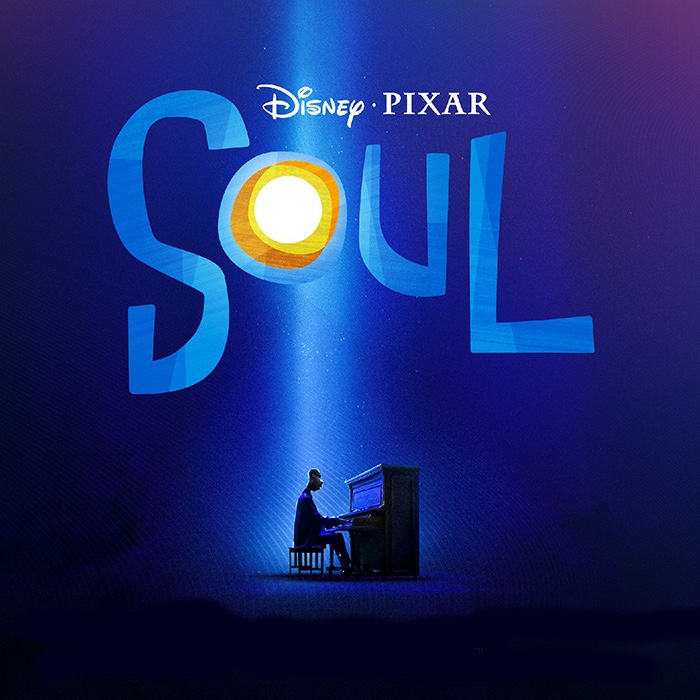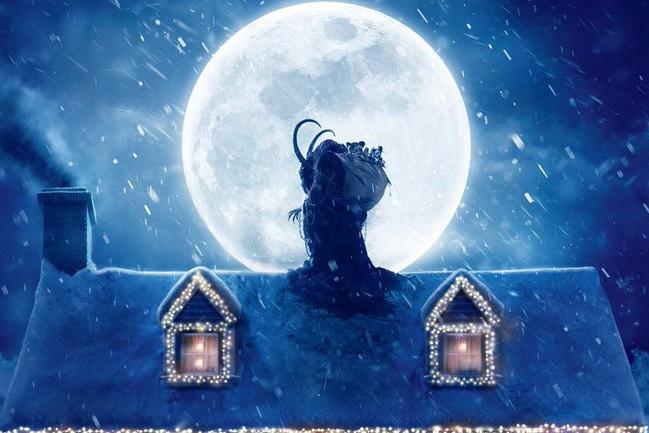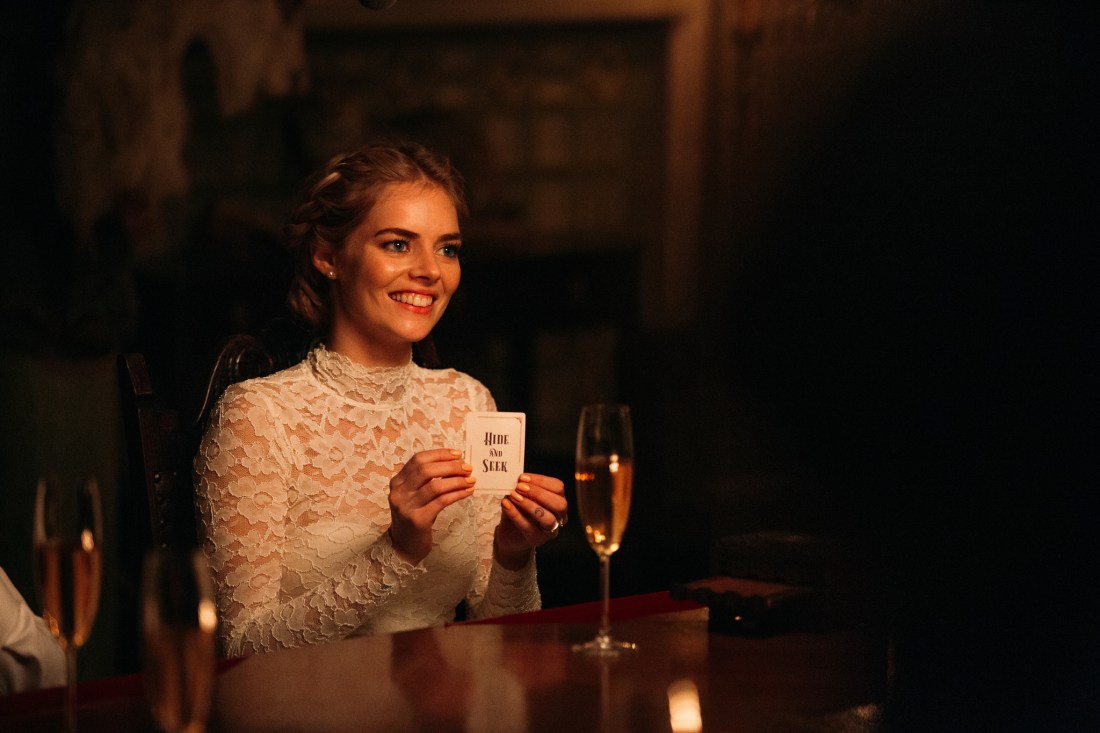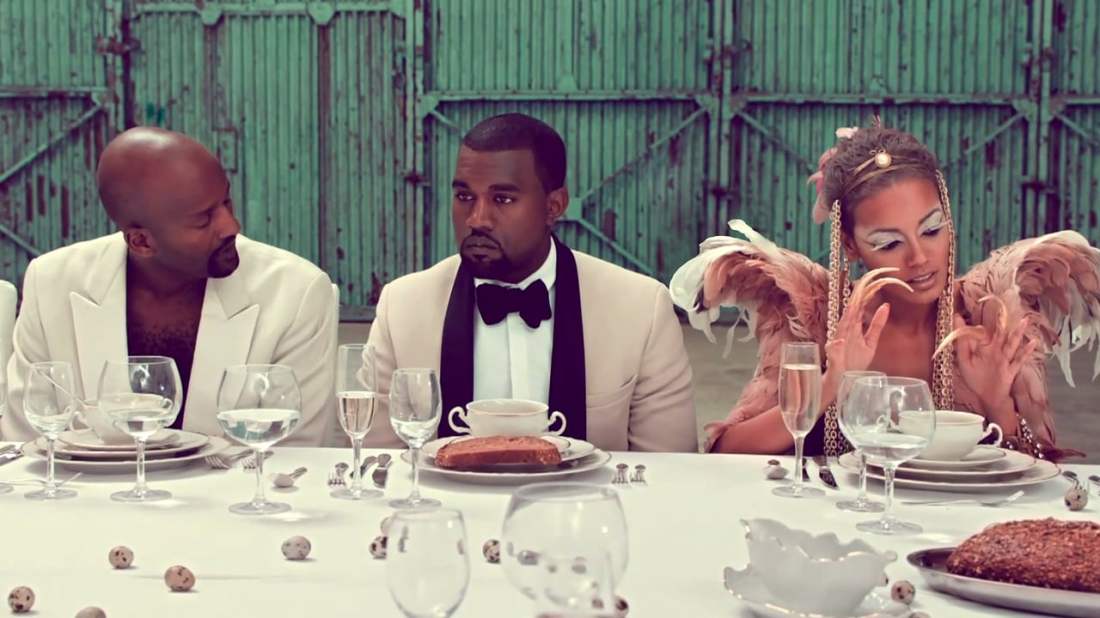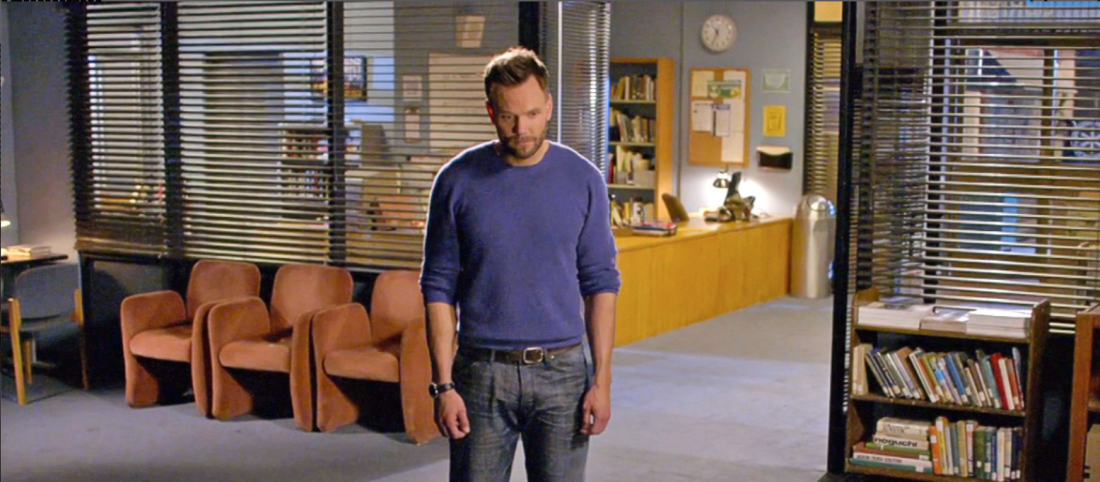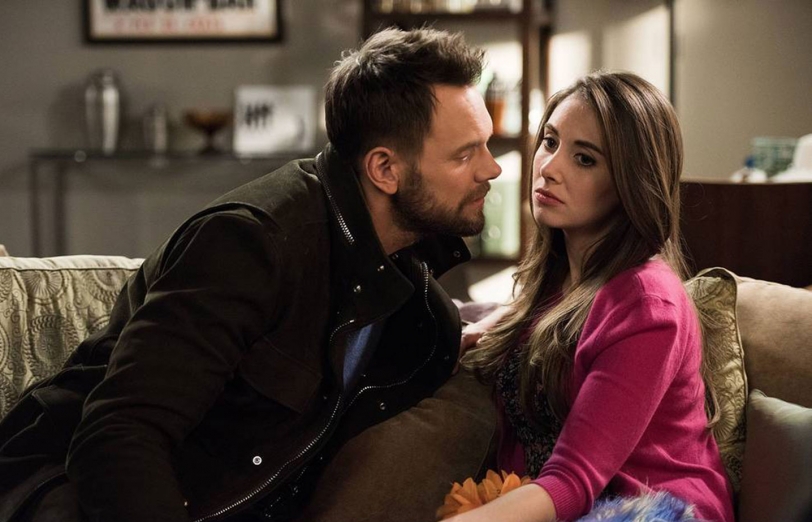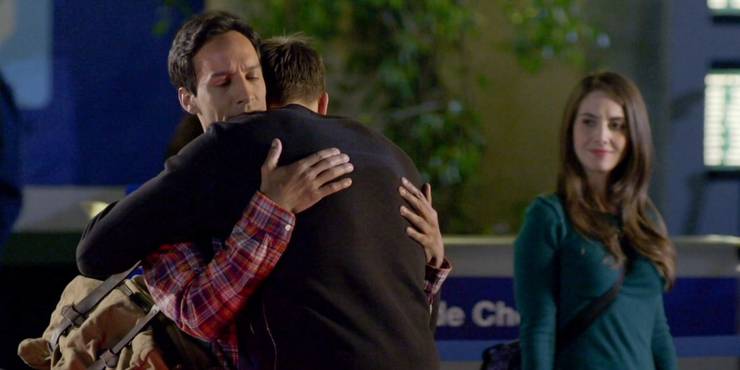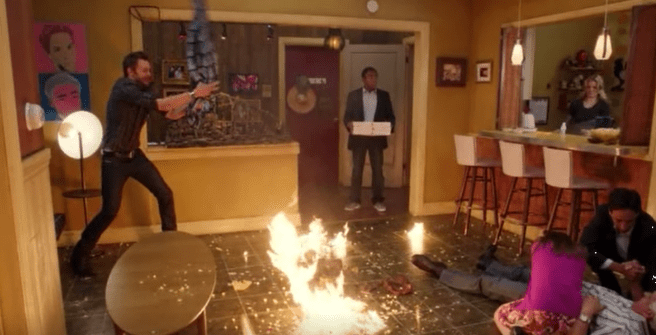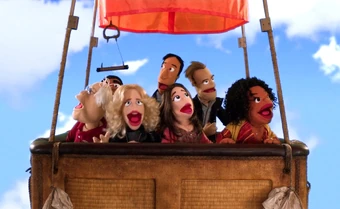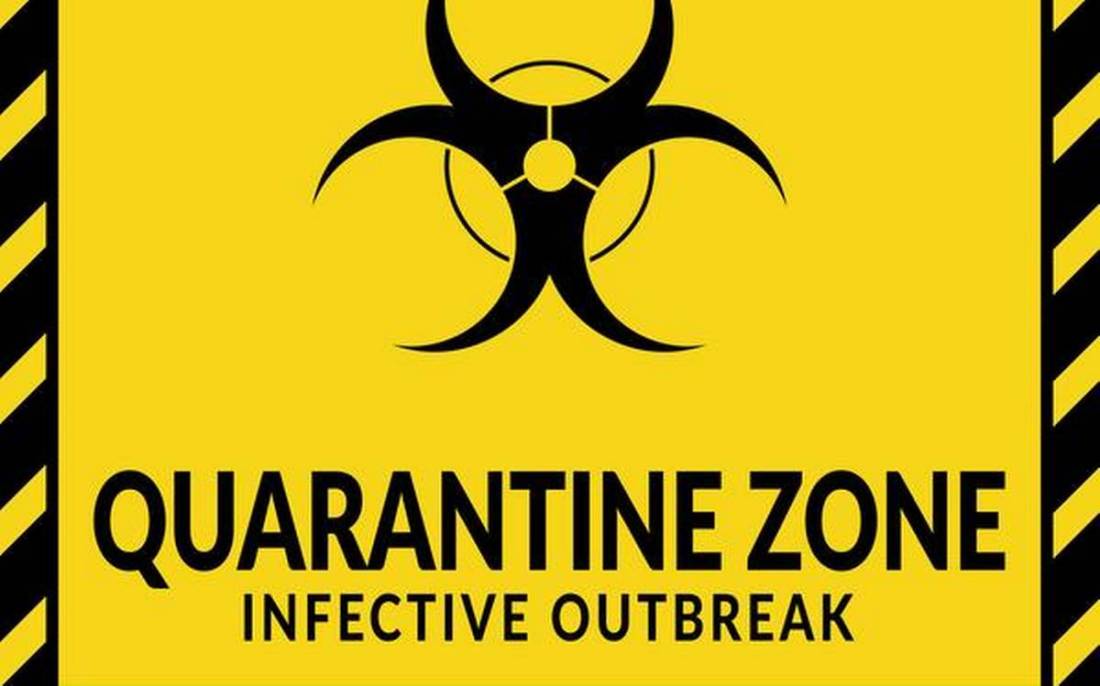In 2020, we need entertainment more than ever before because of the truly insane events occurring at this moment. We need entertainment to distract ourselves from the terrible things happening in the world and to inspire our creativity to get through these tough times. I want to give you an escape, so I edited together a quarantine binge watching list to help you escape and most importantly to entertain you in this time of need.
COMEDIES
Birdman: or the unexpected virtue of ignorance
An actor will try anything to revive his career
The Disaster Artist
The true story of the making of The Room—the worst movie of all time
Keanu
This comedy about a kitten kidnapped by a gangster ends up exploring cinematic stereotypes
Popstar: Never Stop Never Stopping
A mockumentary documents the life of a popstar named Conner4real
Tropic Thunder
A group of actors film a movie, but when fact and fiction are blurred, they don’t realize if the bullets being fired are fake a real
The Truman Show
A child is adopted by a TV studio and realizes his life is a lie
HORROR
28 Days Later
A man wakes up after 28-day coma, and everything has changed
2001: A Space Odyssey
A mind-bending experience about human’s first real stride into space
The Alfred Hitchcock Collection
Five of Alfred Hitchcock’s most iconic films: Rear Window, Vertigo, North by Northwest, Psycho, and The Birds
Alien
Space crew stuck on a ship as an Alien takes them out one by one
Aliens
The remaining survivor from that ship leads a group of Marines to the theorized last pod of Aliens
Candyman
Someone investigating an urban legend gets lost between fact and fiction when her terrifying research subject materializes
Evil Dead
A cabin in the woods is invested by Deadites (zombies)
Evil Dead 2
A redo of Evil Dead except with slapstick humor
Get Out
A young black man goes to visit his girlfriend’s white family, and events take a turn for the worse
Halloween 1 & Halloween 2018
Babysitter survives a killing spree on Halloween, and she has been waiting for the killer’s return for 40 years
Jaws
A shark plagues the coast of Amity Island
The Lighthouse (2019)
How crazy would you go if you were quarantined on an island with someone you despise?
Midsommar
After something traumatic happens, a woman goes on a trip with her friends to Sweden, but events take a sinister turn, and the locals turn against her
Nightcrawler
A very productive and strange person gets hired by a news program to drive around LA with a camera with the motto, “If it bleeds it leads”
Nightmare on Elm Street
Don’t fall asleep, or dream demon Freddy Krueger will kill you in your dreams (and in real life)
Nightmare on Elm Street 3: Dream Warriors
The one survivor of Freddy’s killing spree becomes an intern at a hospital, and when patients start talking about someone in their dreams, she finally comes to terms with her past
Ready or Not
Every time someone marries into this family, they have to draw a card, and, of course, our hero Grace draws the hide-and-seek card, which starts a hunt for her head
REC
A camera crew catches an outbreak in an apartment complex
The Sixth Sense
A kid has the ability to see dead people and develops a special relationship with his psychologist
Scream Franchise (sadly including Scream 3)
This meta franchise investigates whether or not the media is responsible for real-life violence
The Shining
The worst-case scenario for a family in quarantine
The Thing (1982)
My personal favorite movie. A research team is trapped in Antarctica, and suspense grows as anyone could be a shape-shifting alien
Trick or Treat
A set of stories on Halloween are strung together by a murderous entity named Sam
Unbreakable
A man survives a train crash and then finds out he is, in fact, Unbreakable
Us
A family is going to santa cruz but a secret about the mother comes out and it ruins this vacation
Wes Craven’s New Nightmare
When the crew of a new Freddy film starts dropping like flies, it is back to the drawing board and a new script is drafted, but the scenes written start happening in real life
The Village
An entity stalks an old-timey village, but there is something more sinister at play
GUILTY PLEASURES
Freddy’s Dead: The Final Nightmare
Fully embraces the camp of the Freddy franchise. It’s not good, but it’s still better than Nightmare 5
Halloween 6
Takes everything good about the original Halloween films and replaces it with curses and cults. It’s still fun to watch. (The producer’s cut is bearable)
Killer Clowns from Outerspace
The highest quality film in the “Guilty Pleasures” section; the title says everything
The Room
The best worst movie of all time. This is a transcendent viewing experience
Spider-man 3
A convoluted story with three different villains, this movie is truly so bad it’s good
ACTION
The Dark Knight
The most mature Batman story that has ever been told
Django Unchained
The titular character, Django, is freed by a bounty-hunter and joins him to free his wife and get revenge. Amazing performances by Jamie Foxx and Christoph Waltz
Inglourious Basterds
Not a traditional action movie, this film focuses on an alternate timeline of WWII. It has Quentin Tarantino’s smart and witty dialogue and is very entertaining
Spider-man 1 & 2
These movies are entertaining, and they humanize Spider-man in a way that has never been seen before in an action movie
Spider-man: Far from Home
This is a self-aware commentary on fake news and how convoluted the Marvel cinematic universe has become. It’s the best MCU movie because it acknowledges how messy the timelines have become
Spider-man: Into The Spider-verse
Truly entertaining and a technical marvel, this film is a big step towards racial equality and representation in cinema
DRAMAS
12 monkeys
A man goes back in time to stop a virus
BlacKKKlansman
A true story of a black man going undercover as a member of the ku klux klan
Forrest Gump
America in the 60s and 70s, as told from the perspective of a disadvantaged man with big dreams
The Godfather 1 & 2
Deep insight into a crime family
Joker
A man shunned by society finally snaps.
La La Land
Two people with big dreams realize that it may be too late for them
Once Upon A Time In… Hollywood
The story of a washed up actor trying to rejuvenate his career
Parasite
A family is secretly living in the same house as one of the richest families in Korea
Pulp Fiction
Four stylized stories linked together by one nonlinear narrative
Reservoir Dogs
When a perfect crime isn’t so perfect
Whiplash
A student’s desire to be one of the great drummers of the 20th century turns into an unhealthy obsession.
TRIGGER WARNINGS
Clockwork Orange – Horror
A group of teenagers wreak havoc on the city of London until the consequences catch up with them
Deadpool – Comedy action
A fourth-wall-breaking superhero movie starring the titular character Deadpool
Horrible Bosses 1 – Dumb Comedy
Three friends really dislike their bosses (and attempt to murder them)
Looper – Action
An assassin goes back in time on a hit job only to find out the target is himself
Superbad – Comedy
Three bros buy alcohol for the last high school party of the year
This Is The End – Comedy
A Hollywood party gets interrupted by the apocalypse
The Wolf of Wall Street – Comedy
A true story of Jordan Belfort’s rise and fall to power
TV
Breaking Bad – Drama
A chemistry teacher diagnosed with cancer starts cooking and selling meth
Brooklyn 99 – Dumb TV
Like the Office except goofier and set in a police station
Dexter – Horror dramedy
A serial killer that kills terrible people happens to work for the police department
Jim & Andy: The Great Beyond – TV Documentary
Shows how Jim Carrey outlandishly became Andy Kaufman in his Golden Globe winning performance
Key & Peele – TV
Keegan Michael Key and Jordan Peele star in this socially aware, Emmy-winning sketch show.
Killing Eve – drama
Explores the obsessive relationship between an M15 officer and a psychopathic assassin
The Office (unfortunately with Season 8) – TV
Shows how outlandish and crazy personalities react in a mundane place
Ozark – Drama
If you could disappear would you? This Netflix original series analyzes the new American Dream
Parks and Recreation – Comedy
The Office except from the perspective of bureaucratic idiots with big dreams
The Twilight Zone (Both 1959 and 2019) – Horror
Socially aware scifi/horror anthology
THE MASTERPIECE ZONE
Alien
The Alfred Hitchcock Collection
Birdman: or the unexpected virtue of ignorance
Get Out
Halloween
Inglourious Basterds
Key & Peele
The Lighthouse
Nightmare on Elm Street
The Office
Once Upon A Time In… Hollywood
Popstar: Never Stop Never Stopping
Pulp Fiction
The Room
Scream
The Shining
The Sixth Sense
The Thing
Truman Show
The Twilight Zone
Unbreakable
US
The Wolf of Wall Street
